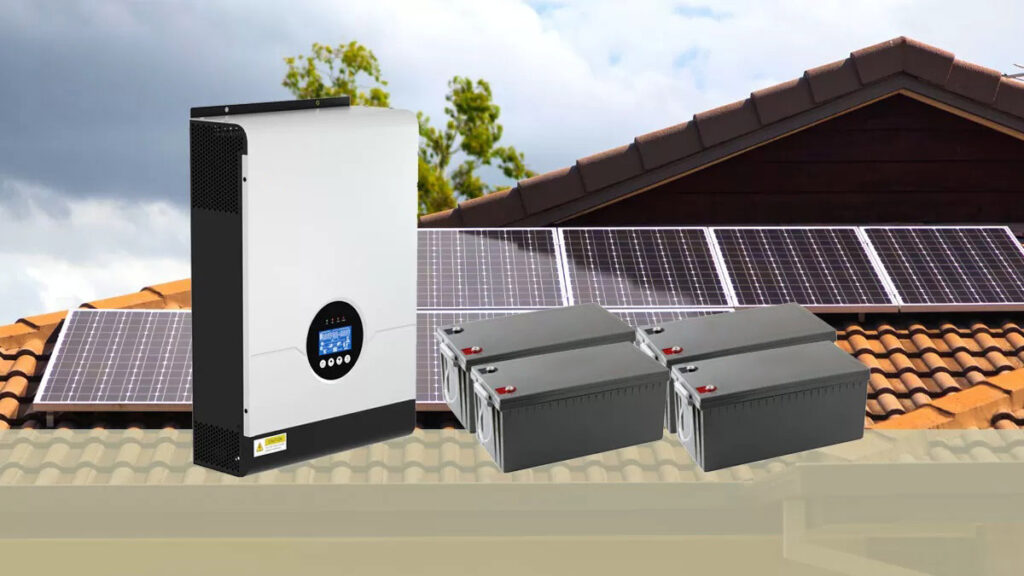Configuring maintenance-free lead-acid batteries for solar panels involves several key steps to ensure optimal performance and longevity.
- Selecting the Right Battery Type: Choose maintenance-free lead-acid batteries specifically designed for solar applications. Absorbent Glass Mat (AGM) and Gel batteries are common types used in solar systems due to their sealed construction, which eliminates the need for maintenance such as adding water.
- Determining Battery Capacity: Calculate your energy storage requirements based on your solar panel system’s size, energy consumption, and desired autonomy (number of days of autonomy during poor weather conditions). Select batteries with sufficient capacity to meet your energy storage needs.
- Connecting Batteries: Connect the batteries in series and/or parallel to achieve the desired voltage and capacity. Series connections increase voltage, while parallel connections increase capacity. Follow the manufacturer’s guidelines for proper battery bank configuration.
- Ensuring Proper Ventilation: Although maintenance-free batteries don’t require topping up with water, they still generate heat during charging and discharging. Ensure adequate ventilation in the battery storage area to dissipate heat and prevent the buildup of explosive gases.
- Installing Battery Enclosures: Use appropriate battery enclosures to protect the batteries from environmental factors and prevent accidental contact. Ensure the enclosures are well-ventilated and meet safety standards.
- Implementing Charge Controllers: Install charge controllers between the solar panels and the batteries to regulate the charging process. Charge controllers prevent overcharging, which can damage batteries, and ensure efficient charging to maximize battery life.
- Monitoring and Maintenance: While maintenance-free batteries require less maintenance than flooded lead-acid batteries, regular monitoring is still essential. Monitor battery voltage, state of charge, and overall system performance regularly. Replace batteries when they reach the end of their service life, typically every 5-10 years.
- Protecting Against Overdischarge: Implement measures to prevent overdischarge, which can reduce battery life. Use low-voltage disconnect (LVD) devices or programmable charge controllers to automatically disconnect loads when the battery voltage drops to a predefined level.
- Considering Temperature Compensation: Some charge controllers offer temperature compensation features to adjust charging voltages based on temperature fluctuations. Consider using temperature sensors to optimize battery charging in varying environmental conditions.
By following these steps and guidelines, you can effectively configure maintenance-free lead-acid batteries for solar panel systems, ensuring reliable energy storage and maximizing the lifespan of your battery bank.



One Response
Earlier I thought differently, many thanks for the information.